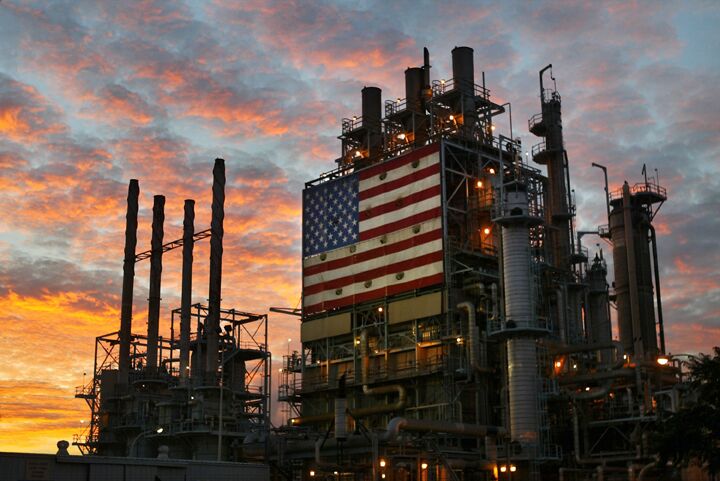
U.S. Refineries Pushed to the Limit
Gas prices in the United States have risen more than 50 cents per gallon this year, and the nation’s oil refineries are partly to blame. “Oil refineries across the country have been plagued by a record number of fires, power failures, leaks, spills and breakdowns this year, causing dozens of them to shut down temporarily or trim production,” the International Herald Tribune reported July 22.
The problems at America’s refineries could hardly be occurring at a worse time: Supplies are unsure; global energy politics are unstable, and national and international demand continues to grow. The problems with America’s refineries are putting pressure on an industry already teetering on the edge of a full-scale crisis.
Since January, one third of America’s 150 refineries have reported disruptions to their operations, which analysts say is a record. David Greely, a senior energy economist at Goldman Sachs, has likened the mechanical breakdowns hitting America’s refineries to an invisible hurricane.
As a result, the combined output of American refineries is 5 percent below normal—enough to pinch supplies on the in-demand commodity and boost prices at the pump.
“The cushion that used to be available five to seven years ago for these unplanned perturbations is no longer there,” Jeet Bindra, Chevron’s president of global refining, said. “When a refinery has a hiccup, there are consequences on supplies.”
In addition to the fires, floods and breakdowns diminishing gas production, many refineries are facing problems as they struggle to meet new environmental regulations, which include phasing out toxic additives, adding more ethanol to fuel and integrating new ultralow sulfur standards. The refining process for cleaner fuels can be more taxing on hardware, leading to a higher number of breakdowns.
“It’s a marvel we can continue to run refineries the way we do these days given the many requirements and specification changes we have,” said Charles Drevna, executive vice president of the National Petrochemical and Refiners Association, the industry’s main trade group. New demands are helping to push many refineries, the newest of which was constructed more than 30 years ago, toward the verge of breakdown.
The problems besieging America’s oil industry are not letting up. Demand for gasoline is rising, weather catastrophes are becoming the norm, and aging refineries are not about to be replaced by shiny new facilities any time soon. This refining crisis will help ensure gas prices will continue to climb.




